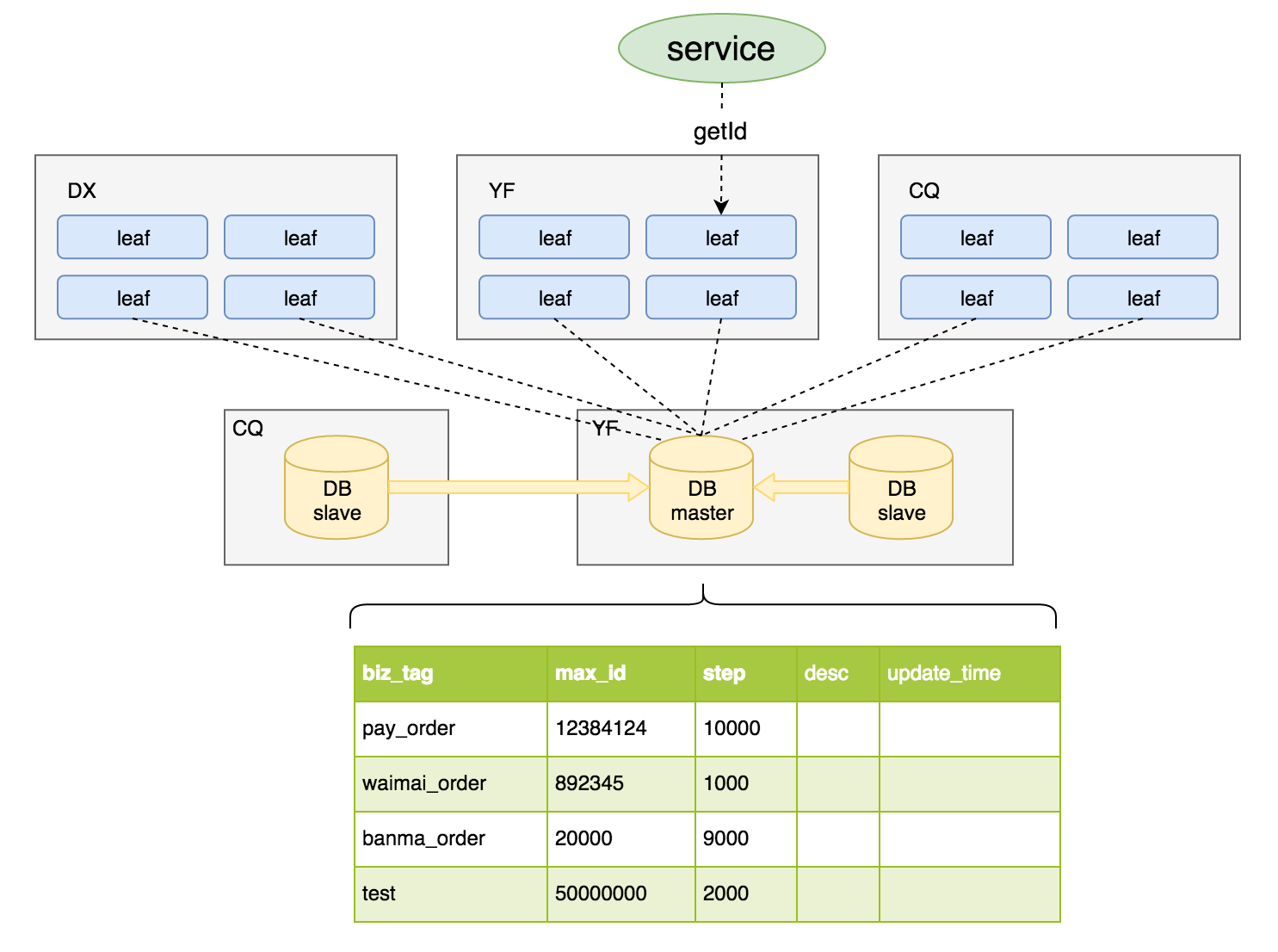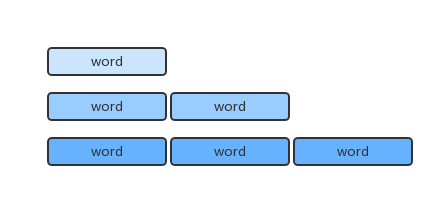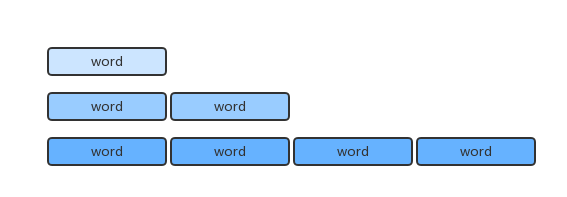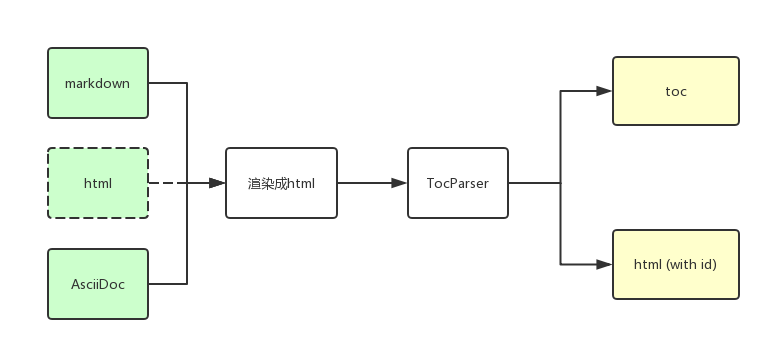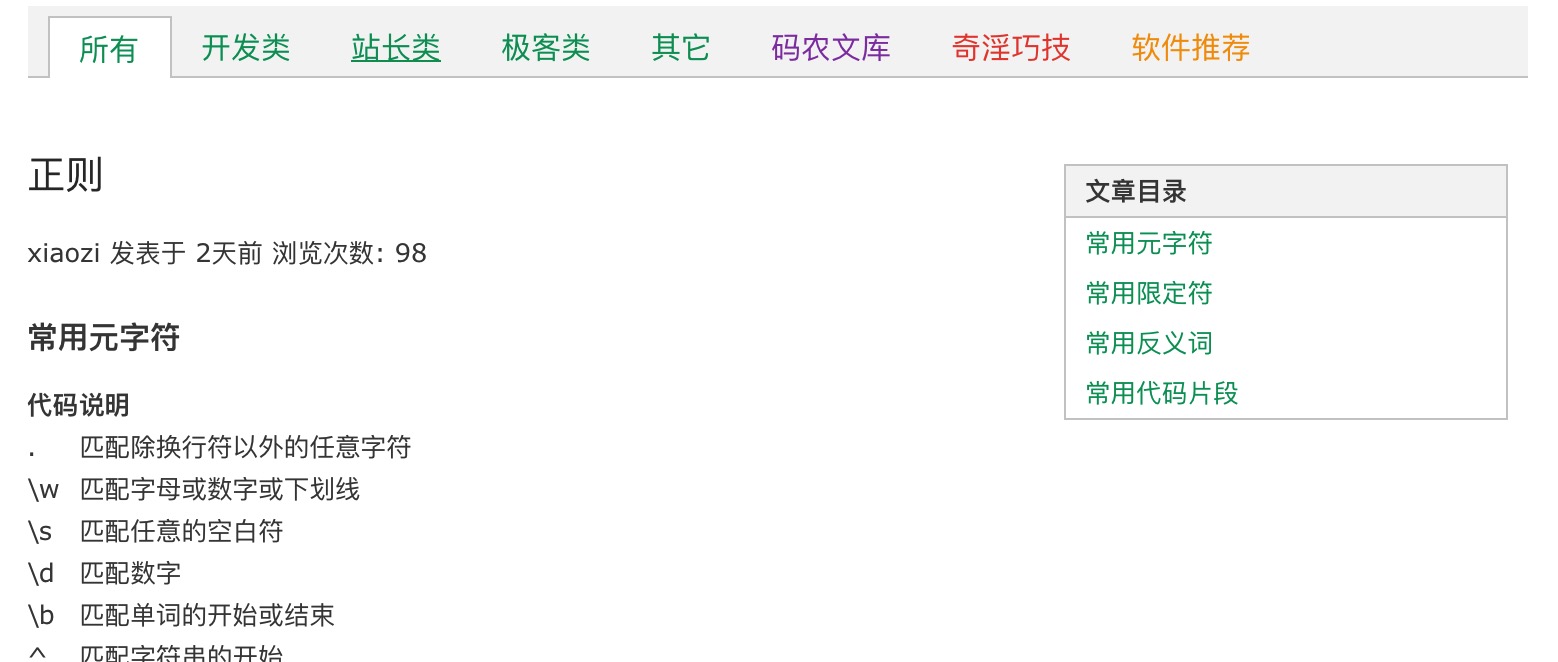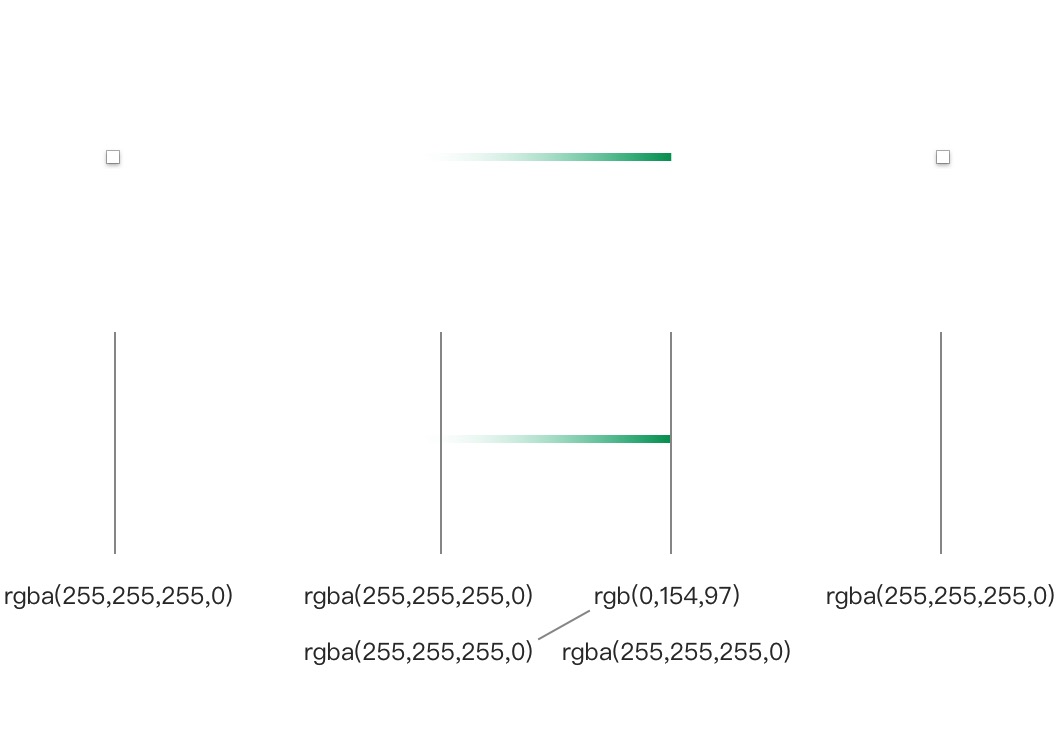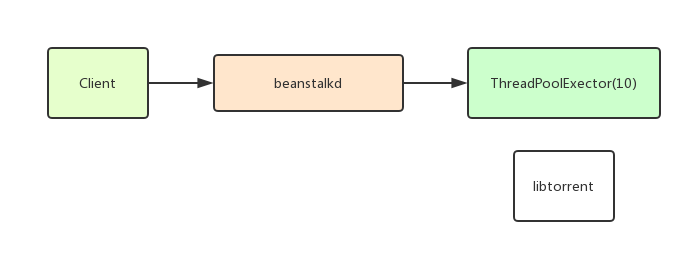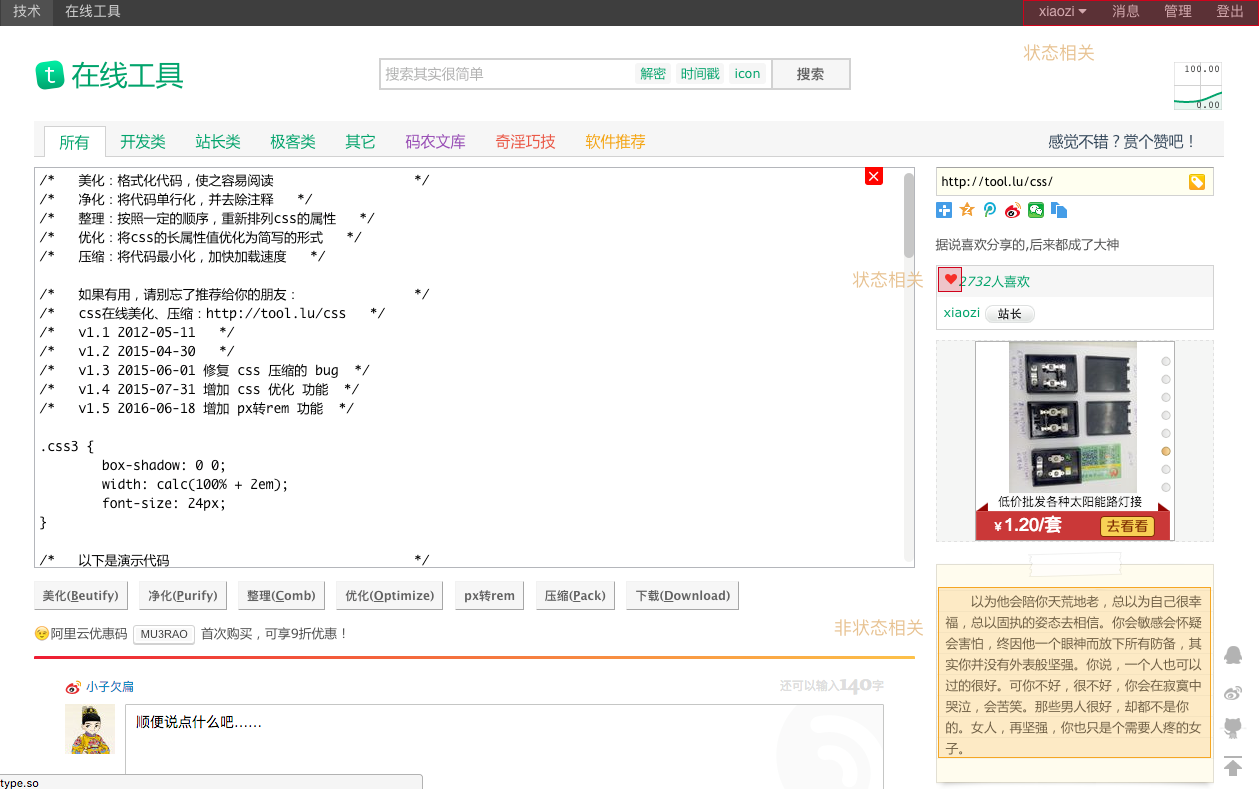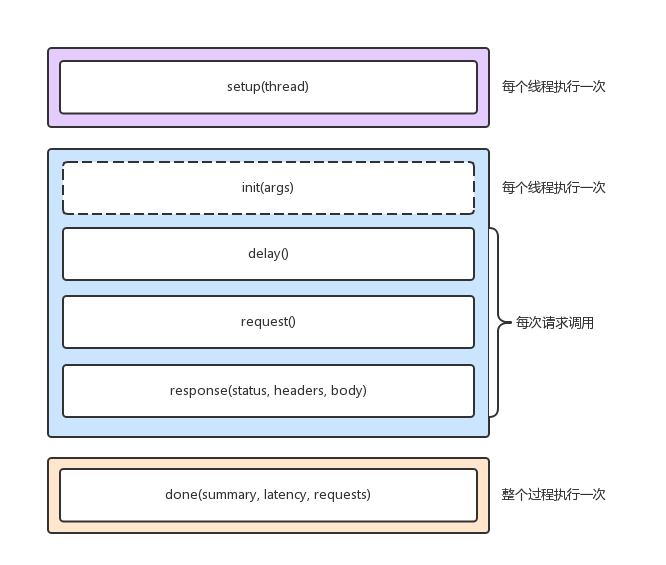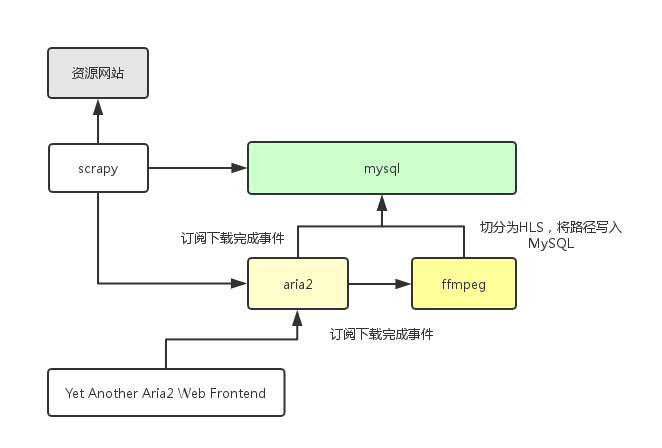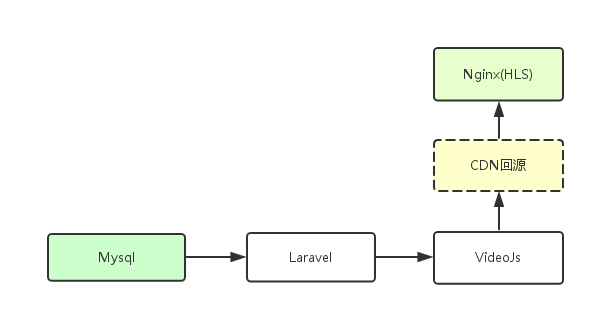
版本加密解密的实现
package lib
import (
"fmt"
"strconv"
)
func Id2Code(id int, version byte) string {
var code string = ""
if version == '1' {
number := id
for {
remain := number % 10000000
str := Base62Encode(remain)
code = str + code
number = number / 10000000
if number == 0 {
break
}
}
code = string(version) + code
}
return code
}
func Code2Id(code string) int {
version := code[0]
code = code[1:]
if version == '1' {
var buffer string = ""
for i := len(code); i > 0; i -= 4 {
start := i - 4
if start < 0 {
start = 0
}
seg := code[start:i]
segId := Base62Decode(seg)
// 大于7位非法
if segId >= 100000000 {
return 0
}
buffer += fmt.Sprintf("%07d", Base62Decode(seg))
}
result, _ := strconv.Atoi(buffer)
return result
}
return 0
}
Base62加密解密的实现
package lib
import (
"math"
"bytes"
)
const dictLength = 62
var dict []byte = []byte{'0', '1', '2', '3', '4', '5', '6', '7', '8', '9', 'a', 'b', 'c', 'd', 'e', 'f', 'g', 'h', 'i', 'j', 'k', 'l', 'm', 'n', 'o', 'p', 'q', 'r', 's', 't', 'u', 'v', 'w', 'x', 'y', 'z', 'A', 'B', 'C', 'D', 'E', 'F', 'G', 'H', 'I', 'J', 'K', 'L', 'M', 'N', 'O', 'P', 'Q', 'R', 'S', 'T', 'U', 'V', 'W', 'X', 'Y', 'Z'}
func Base62Encode(id int) string {
result := make([]byte, 0)
number := id
for number > 0 {
round := number / dictLength
remain := number % dictLength
result = append([]byte{dict[remain]}, result...)
number = round
}
return string(result)
}
func Base62Decode(code string) int {
var result int = 0
codeLength := len(code)
for i, c := range []byte(code) {
result += bytes.IndexByte(dict, c) * int(math.Pow(dictLength, float64(codeLength - 1 - i)))
}
return result
}
